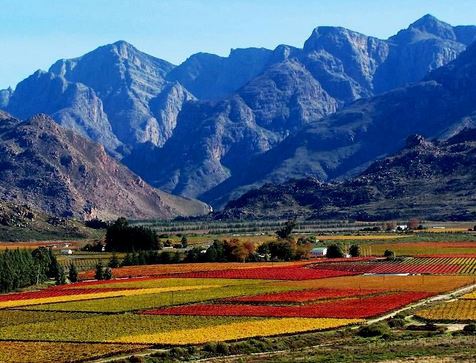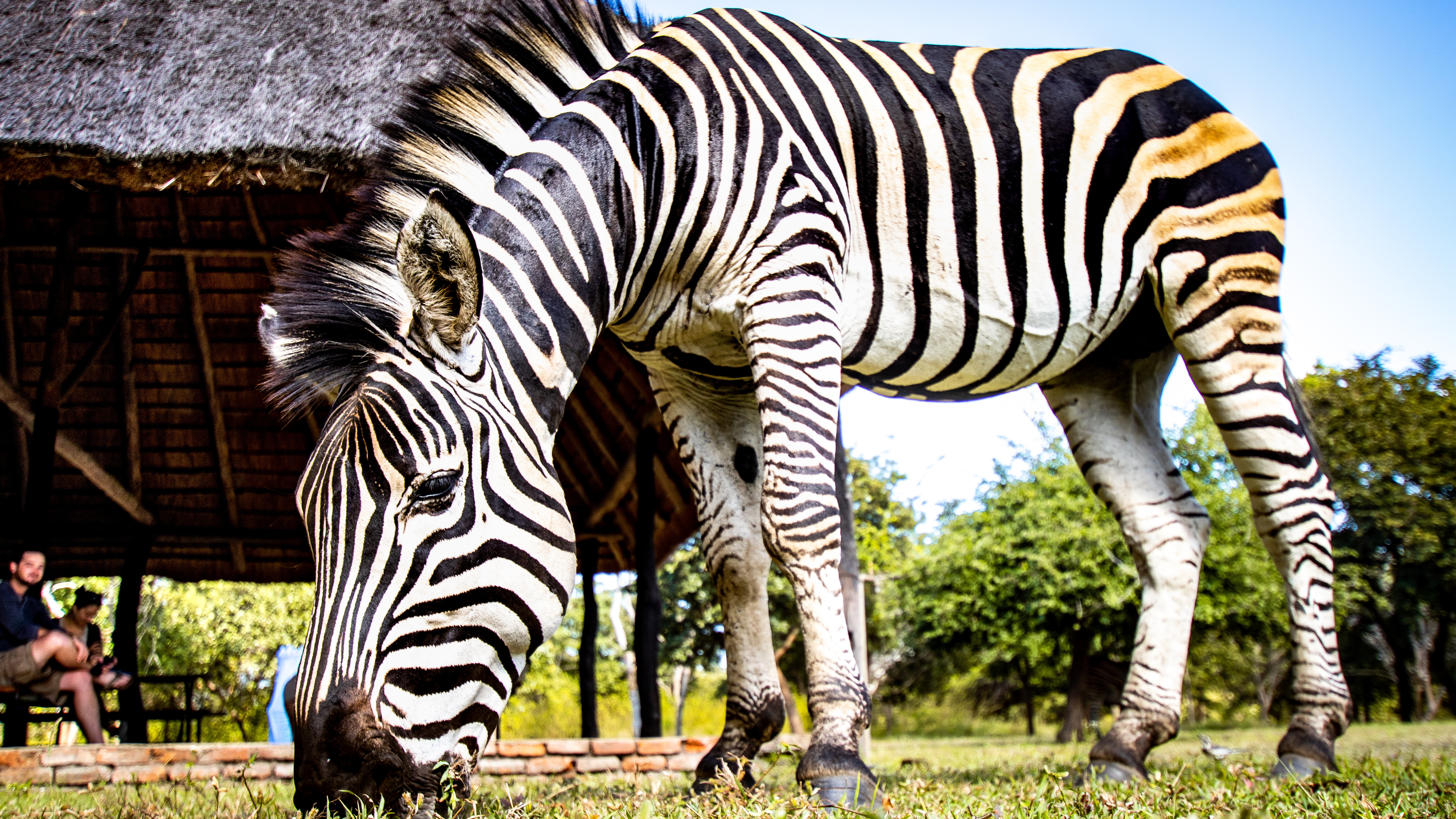Lydenburg
Lydenburg (or nowadays called Mashishing) is located in the province of Mpumalanga about a three-hour drive from Pretoria and many people visit this place on their way to or from Kruger Park. Lydenburg is located at the foot of the Long Tom Pass which has a height difference of no less than 1100 meters over a length of 8 kilometers.
Lydenburg was founded in 1849 by a group of Voortrekkers led by Andries Potgieter. The group was previously located more to the north in Ohrigstad but were looking for a new home because of the many cases of malaria there. One of the first buildings in Lydenburg was the school that was built for the children of the Voortrekkers in 1851.
Lydenburg became a fairly important place around 1871 as it was on the (trade) route to Delagoa Bay (the current Maputo) in Mozambique. In 1873 gold was found in the region and three months later the Lydenburg Goldfields were a fact. A ‘gold rush’ of only a short duration arose since the amount of gold was very small. In 1880 the first war broke out between the British and the Republic of Transvaal (the ‘Farmers’). During this Anglo-Boer war, use was made of Long Tom guns and this is what gives the mountain pass at Lydenburg its name. The church built by the Voortrekkers was used by the British as a stable, which you can see when you visit the church. The Gustav Klingbiel Nature Reserve is located on the east side of Lydenburg near the Long Tom Pass and is a beautiful and relaxing reserve of 2200 hectares. Here are hiking and hiker routes, various mountain bike routes in different distances and levels of difficulty. There are 320 species of birds and is therefore a paradise for bird watchers. In addition to birds, you can encounter other kudus, impala, zebra, wildebeest, moose and ibex when walking / cycling through the nature reserve.
In addition to the above-mentioned nature reserve, the nearby Sterkspruit Reserve is also suitable for hiking / hiking and bird watching or you can visit the Lydenburg waterfalls or the Horse Shoe Falls. Lydenburg is also known as an excellent place for (fly) fishing and you can go horse riding or play golf. It is also a good base for visits to, for example, the historic mining village of Pilgrim’s Rest and the beautiful Blyde River Canyon.
In June 2006, the minister of art and culture announced that Lydenburg, like many other places in South Africa, would be given a new name: Mashishing. However, this name is hardly used in the spoken language to date.You will find both Lydenburg and Mashishing on signposts.
There are plenty of restaurants and accommodations in Lydenburg, choose for example: Amani Boutique Hotel.
Add to my travel plans


